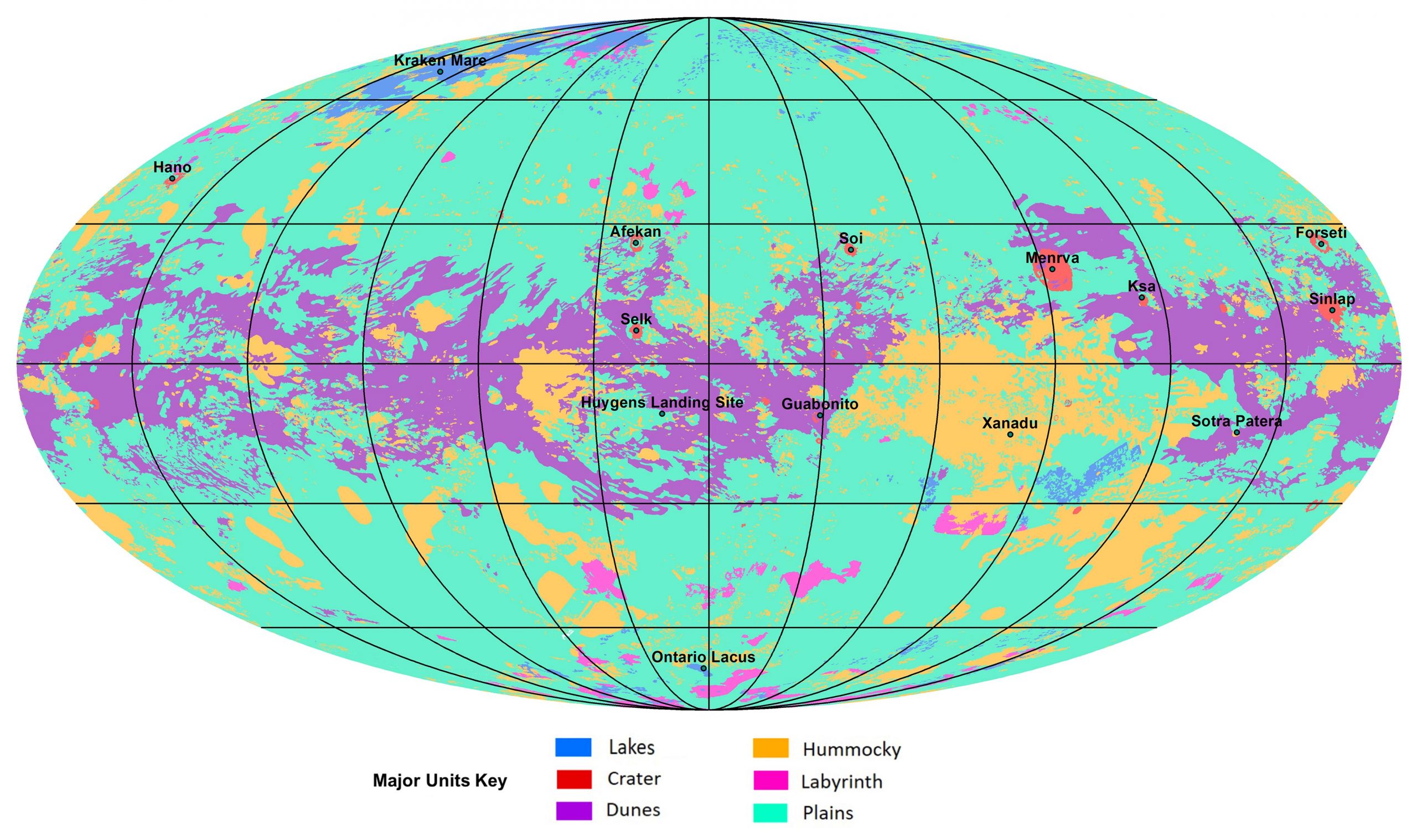

It refers to the object's size, height, width and depth. The orbital eccentricity is 0.0012 of Atlas, the degree at which Atlas orbits close to a circular (0) orbit as opposed to an elliptical (1).Īs someone asked me to clarify what km^3 means, it means Kilometers Cubed, i.e.

The orbital inclination of Atlas, the angle at which Atlas orbits to the orbital plane, is 0.3 degrees. The average distance of the object from its parent is 137670.00km. With so many odd-shaped moons, it can feel like Saturns weird satellites all kind of blur together. The Mean Orbit Velocity (M.O.V.) is the speed at which it orbits is 59870.30 km/h. Atlas, Daphnis and Pan are shown to scale with each other. These raw, unprocessed images of Saturns moon, Atlas, were taken on April 12, 2017, by NASAs Cassini spacecraft. The larger an object is, the stronger the surface gravity is. Cassini Sees Flying-Saucer Moon Atlas Up Close. Imaging scientists had predicted the new moons presence and its orbital distance from Saturn after last Julys sighting of a set of peculiar spiky and wispy features in the Keeler gaps outer edge. For comparison, the Earth's surface gravity is 9.807 m/s². Atlas and other moons exist outside the main ring system, as do the two F ring shepherd moons, Prometheus and Pandora. The surface gravity of the Atlas is 0.002 m/s². The surface area of Atlas is 2,865.26 Km^2. Much of what is known about the planet is due to the Voyager explorations in. Saturn is the sixth planet from the Sun and is the second largest in the solar system with an equatorial diameter of 119,300 kilometers (74,130 miles). The equatorial circumference of Atlas is 94.9 km. It is difficult to say what is impossible, for the dream of yesterday is the hope of today and reality of tomorrow.
SATURN MOON ATLAS FREE
The larger an object is, the more velocity (speed) is needed to break free from the object.The semi-major axis of the orbit is 137.67 10^3Km, which is the furthest point from the centre to the edge of an elliptical point. The Escape Velocity is the speed an object needs to be travelling in order to break free from the objects gravity.

The same sheparding effect, produces Saturns thin, outermost F ring, with moons orbiting on either side of the ring, constraining the material ( Sky & Telescope Nov. The value is the radius in km of the said object at the Equator. Now Saturns smallest known satellite, the moon pushes material away from its orbit and is believed to cause the 200 mile-wide Encke gap. The figure comes from N.A.S.A.Ītlas' equatorial radius is 15km. The figure is also known as the sidereel period. the period it takes to complete an orbit round Saturn is 0.6019 days. Atlas was discovered in the year 1980 by R. Its density has been calculated at being 0.46. It is one of at least 60 moons that have been discovered orbiting Saturn.Ītlas's mass is estimated/calculated at 6,594,141,105,627,650 kg. Atlas is a Moon that orbits the planet Saturn.


 0 kommentar(er)
0 kommentar(er)
